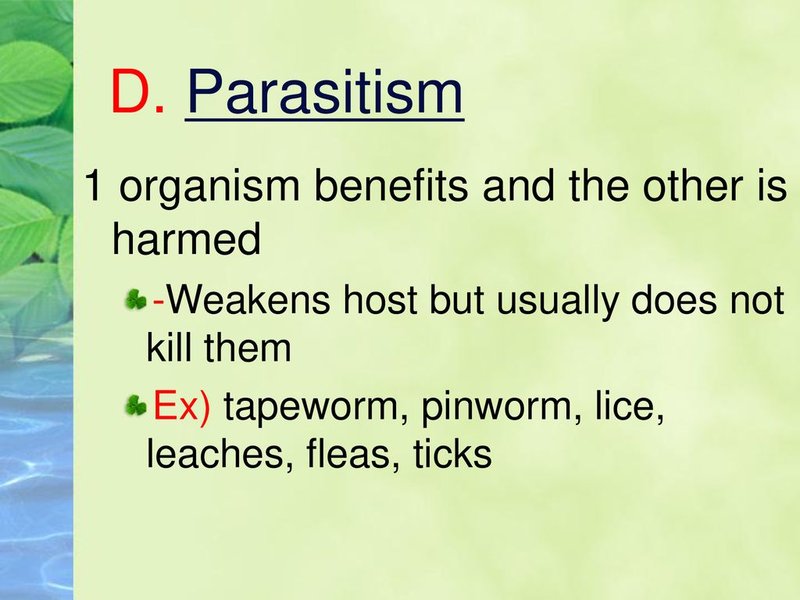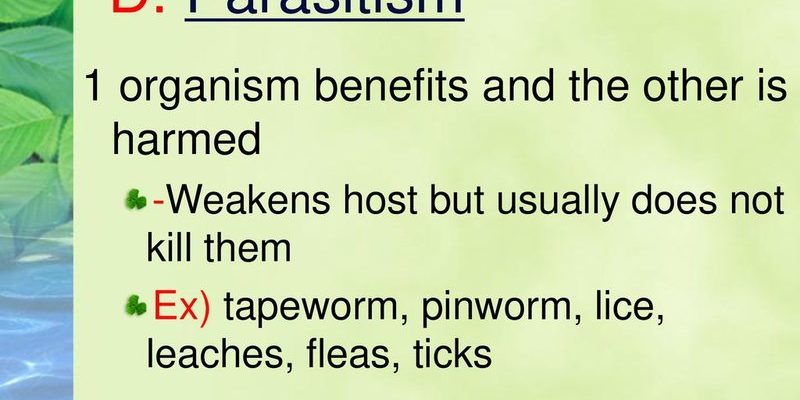
Let’s dive into this pinworm paradox. We’ll explore both their ecological benefits and drawbacks. Think of it like exploring a garden: For every beautiful flower, there might be an annoying weed. Just because we often focus on the negatives doesn’t mean there aren’t good aspects worth noting. So, grab a coffee, and let’s sift through the dirt of pinworm populations together.
What Are Pinworms?
Before we get into the nitty-gritty, let’s define what pinworms are. Pinworms, scientifically known as *Enterobius vermicularis*, are tiny, thin worms that primarily dwell in the intestines of humans. They’re most notorious for causing enterobiasis, a common infection, especially in children. You can think of them as uninvited guests at a party who just won’t leave. They hitch rides in our bodies, laying eggs and causing quite a ruckus.
These worms are usually between 8-13 millimeters long and are best identified by their distinctly pin-like shape. They thrive in warm environments, making the human intestinal tract an ideal home. Unfortunately, their presence often leads to symptoms like itching around the anus, and in some cases, problems like irritability or sleep disturbances.
You might be wondering about how they spread. Pinworm eggs can easily be transferred from one person to another, especially in crowded settings like schools or daycare centers. Simply put, they’re a common issue that many families face. But why should we care beyond the discomfort they cause?
Ecological Benefits of Pinworms
Believe it or not, pinworms contribute to the ecosystem in several surprising ways. First and foremost, they play a role in maintaining soil health. When pinworms die, their decomposing bodies add nutrients back into the soil, promoting better plant growth. It’s like a fertilizer that nature didn’t have to manufacture.
Furthermore, pinworms are part of the food web, providing sustenance for various organisms. Birds, for instance, might feast on these tiny worms, helping to keep their populations in check. This means pinworms indirectly support avian life. Without them, some birds may find it harder to thrive.
Additionally, pinworms can even stimulate the immune system. Studies have shown that exposure to these parasites can help bolster immune responses, potentially protecting humans from more severe diseases. Think of it as a workout for our immune system, teaching it how to fend off more serious threats in the future.
Pinworms and Soil Health
One of the most significant ecological contributions of pinworms lies in their relationship with the soil. As they decompose, the nutrients released enhance the fertility of the earth. This results in better water retention and a healthier environment for plants to grow. Imagine a garden where every plant is thriving—that’s what pinworms help facilitate.
When they enrich the soil, they assist in a natural cycle of life. While many might consider them harmful, their existence can be a boon for plant growth and agricultural practices. Farmers often overlook these tiny creatures, yet they can play a pivotal role in sustainable farming practices.
Drawbacks of Pinworms
On the flip side, we need to talk about the obvious downsides of pinworm populations. The most immediate concern is their role in causing discomfort and infection in humans. Pinworm infections are particularly common in children, leading to sleepless nights and cranky days. This aspect can’t be ignored, as it affects both individual well-being and family dynamics.
Moreover, increased pinworm populations can complicate hygiene practices. In environments like schools or daycares, a single case can lead to an outbreak, resulting in widespread discomfort. It’s a bit like a chain reaction—once one child gets infected, others quickly follow, creating a cycle that’s hard to break.
Public Health Concerns
Pinworms pose notable public health challenges. They might seem like a minor annoyance, but pinworm infections can lead to more significant health issues if left untreated. For example, scratching the itchy area can lead to bacterial infections.
Additionally, the fear of pinworms can lead to overuse of medications and treatments. Parents might rush to buy over-the-counter solutions, sometimes treating infections that may resolve on their own. This over-medication can lead to more serious complications, including drug resistance over time.
Pinworm Populations and Animal Behavior
Another aspect to consider is how pinworm populations affect animal behavior. Animals, especially domesticated ones like dogs and cats, can contract pinworms from their human counterparts. The presence of pinworms can influence how pets interact with their environment and each other.
For instance, an animal suffering from pinworms may show signs of irritability or discomfort. This can lead to changes in behavior, such as decreased playfulness or aggression. Owners might find it challenging to manage these behavioral shifts, potentially straining the human-animal bond.
Comparing Pinworms to Other Parasites
When we discuss pinworms, it’s helpful to compare them to other types of parasites. For example, while pinworms primarily affect humans through direct contact, other parasites like *Giardia* can spread in contaminated water. Each type of parasite has its own set of ecological impacts—both beneficial and harmful.
Pinworms tend to have a more personal impact, often affecting individual health, while others can have broader implications for wildlife or even water quality. By understanding these differences, we can navigate the conversation around pinworms more effectively.
Preventing Pinworm Infections
As we’ve seen, while pinworms have some ecological benefits, their drawbacks are significant, especially concerning human health. So, what can you do to prevent infections?
Here are some tips:
- Practice good hygiene: Wash your hands frequently with soap, especially after using the bathroom or before meals.
- Keep fingernails short: This reduces the risk of eggs getting trapped under nails and spreading.
- Wash bedding regularly: Studies show that pinworm eggs can survive on fabric. Regular washing can break the cycle.
- Educate children: Teach them the importance of hygiene and avoiding nail-biting.
By adopting these practices, families can minimize the risk of pinworm infections and keep their loved ones safe.
So, what’s the final verdict on pinworm populations? Like many aspects of nature, they come with their highs and lows. While pinworms can offer some ecological benefits, their impact on human health and behavior is hard to ignore. It’s essential to recognize the delicate balance within ecosystems and understand that even the most unwanted species can have a role.
In the end, the conversation about pinworms is a reminder of nature’s complexity. While they may never be a favorite topic at a dinner party, their role in the ecological tapestry shouldn’t be overlooked. By staying informed and practicing good hygiene, we can navigate the challenges they present while appreciating the surprising ways in which they contribute to our world.

